The 8th and final report of the Immunization Safety Review Committee was issued by the Institute of Medicine
On Jun. 26, 2004, the 8th and final report of the Immunization Safety Review Committee was issued by…
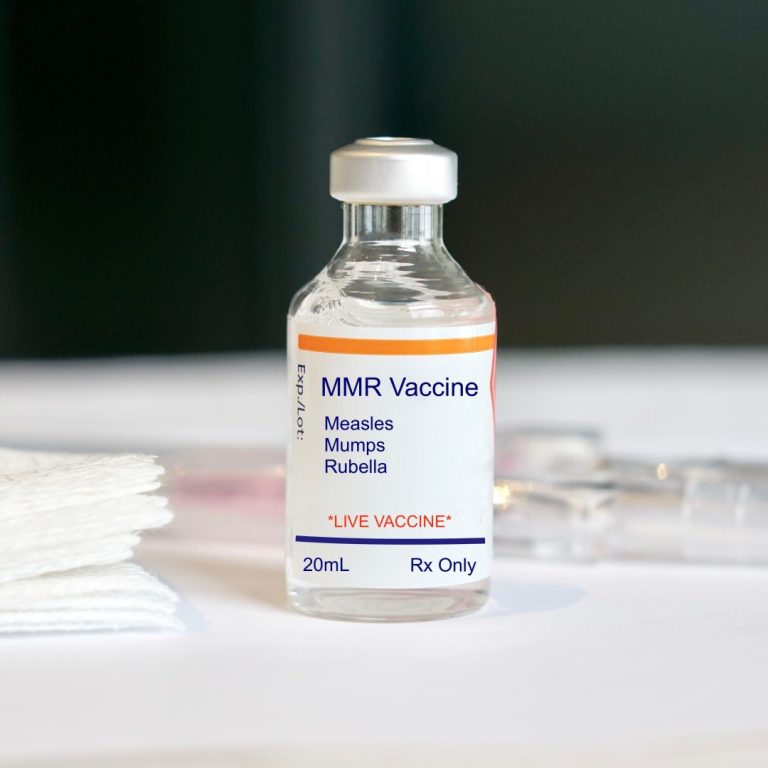
On Jun. 26, 2004, the 8th and final report of the Immunization Safety Review Committee was issued by…

On May 27, 2004, the National Institute of Allergy and Infectious Diseases (NIAID) announced it had awarded contracts…
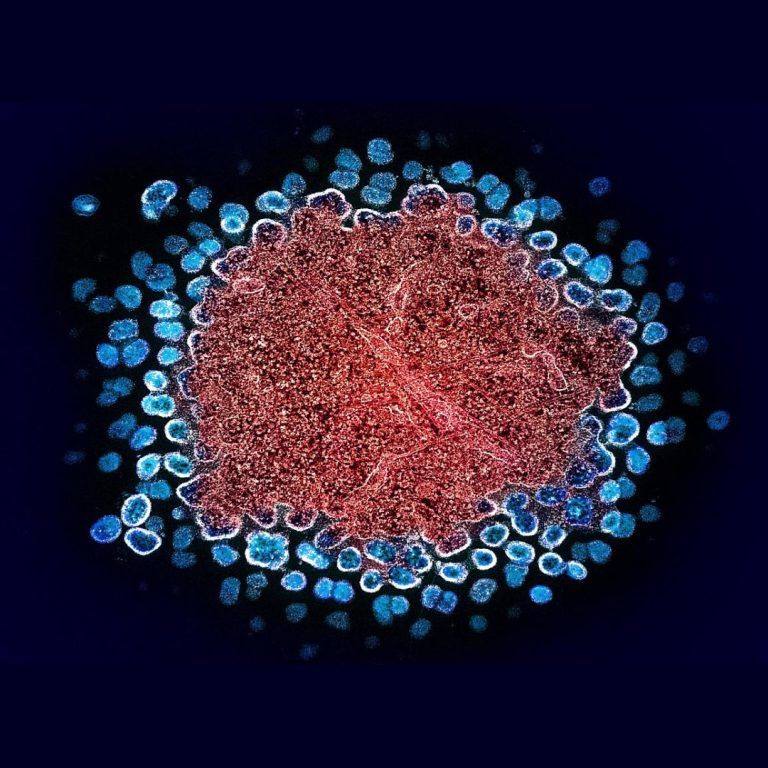
On May 25, 2004, researchers at the Vaccine and Gene Therapy Institute (VGTI) and the Oregon National Primate…

On May 4, 2004, the National Institute of Allergy and Infectious Diseases (NIAID), awarded a new license agreement…
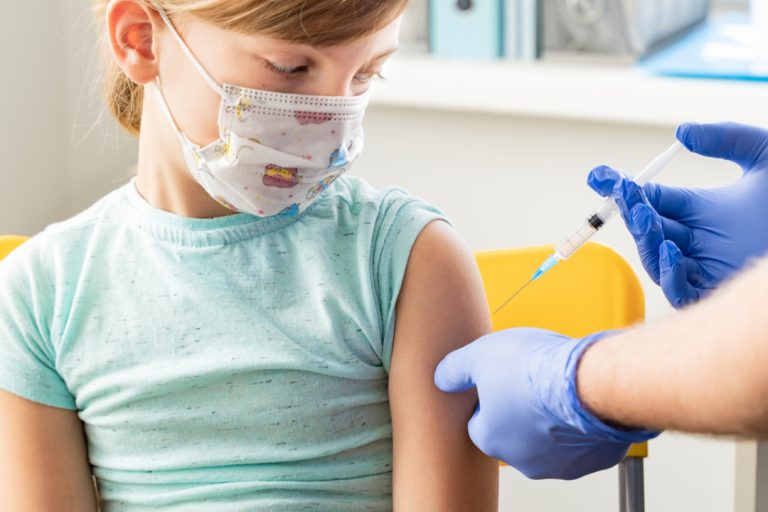
On Mar. 24, 2004, the U.S. Food and Drug Administration (FDA) licensed tetanus and diphtheria toxoids adsorbed for…
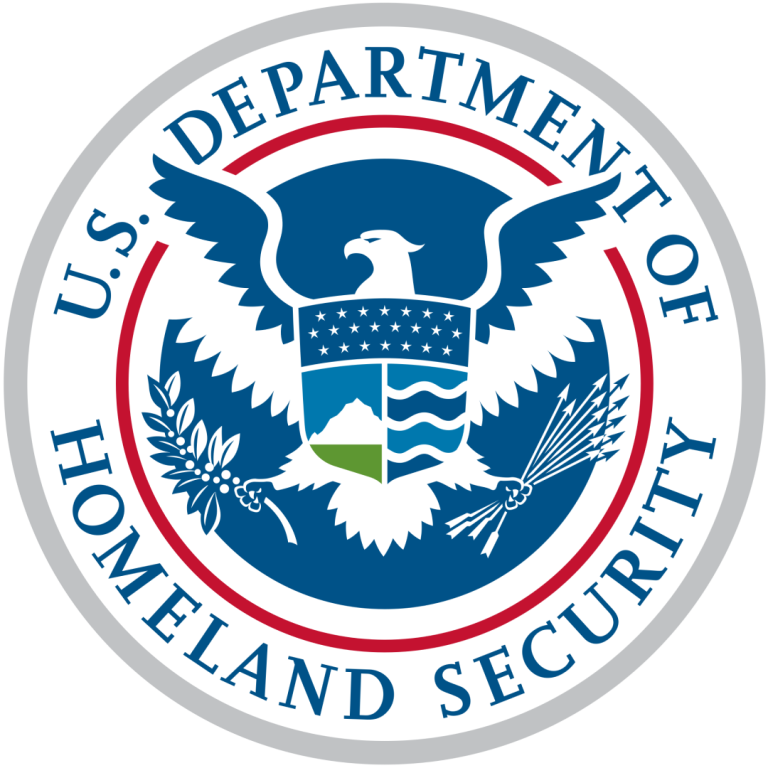
On Mar. 1, 2004, the National incident Management System (NIMS), developed by the Department of Homeland Security (DHS),…

In 2004, Rubella, also known as German measles, was declared eliminated in the U.S. Before the rubella vaccination…
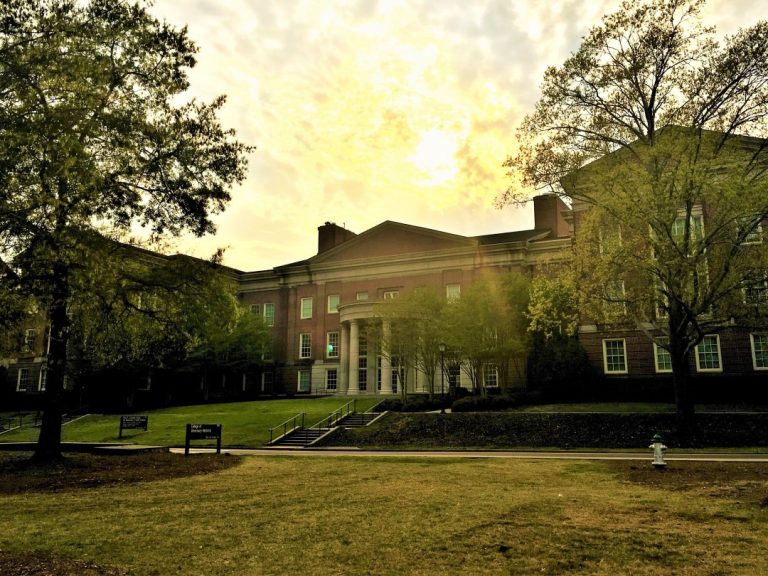
In 2004, the University of Georgia Cancer Center was established, specializing in drug targets, diagnostic tests, cancer vaccines,…

On Oct. 15, 2003, the Immunization Practices Advisory Committee (ACIP) voted to recommend that children 6 to 23…
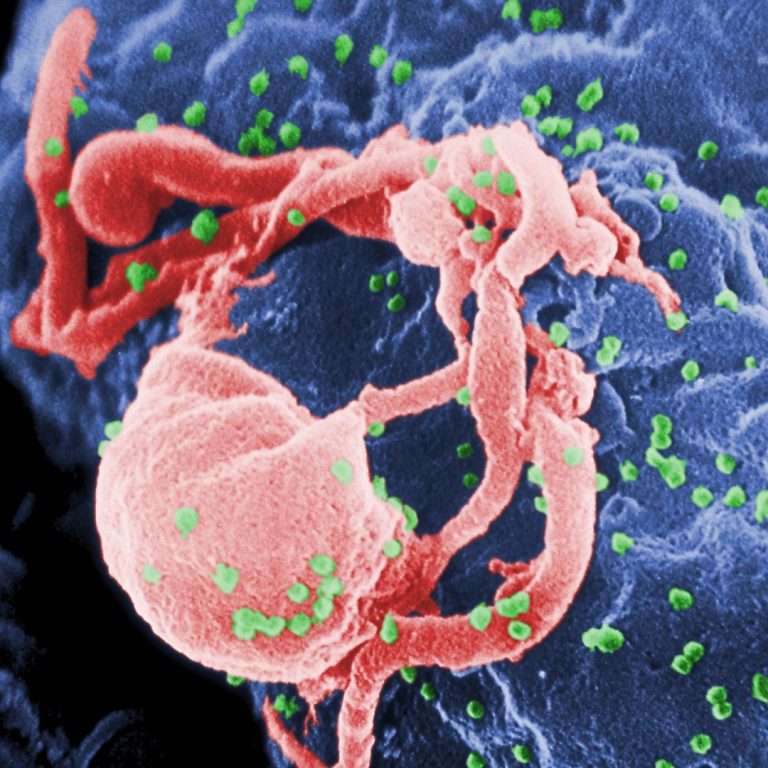
On Sept. 29, 2003, $81 million was awarded by National Institute of Allergy and Infectious Diseases (NIAID) through…

On Aug. 17, 2003, Oregon Health & Science University (OHSU) announced the final results of a smallpox vaccine…
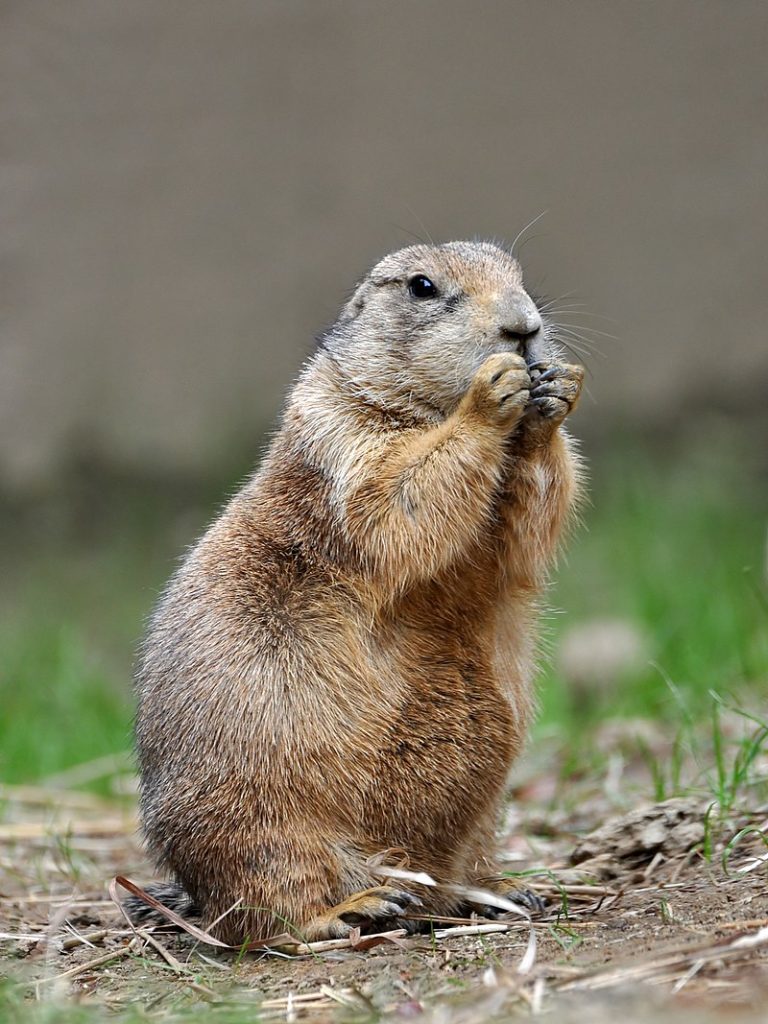
On Jul. 8, 2003, the U.S. Centers for Disease Control and Prevention (CDC) responded to U.S. outbreak of…
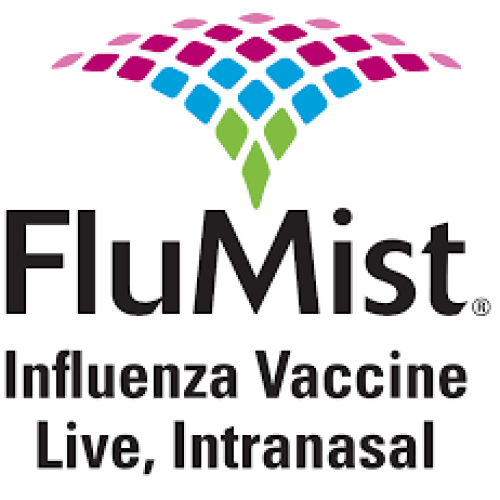
On Jun. 17, 2003, the first nasally administered influenza vaccine (FluMist by MedImmune) was licensed. This live influenza…

On Apr. 14, 2003, researchers at Canada’s Michael Smith Genome Science Centre in Vancouver announced they had sequenced…
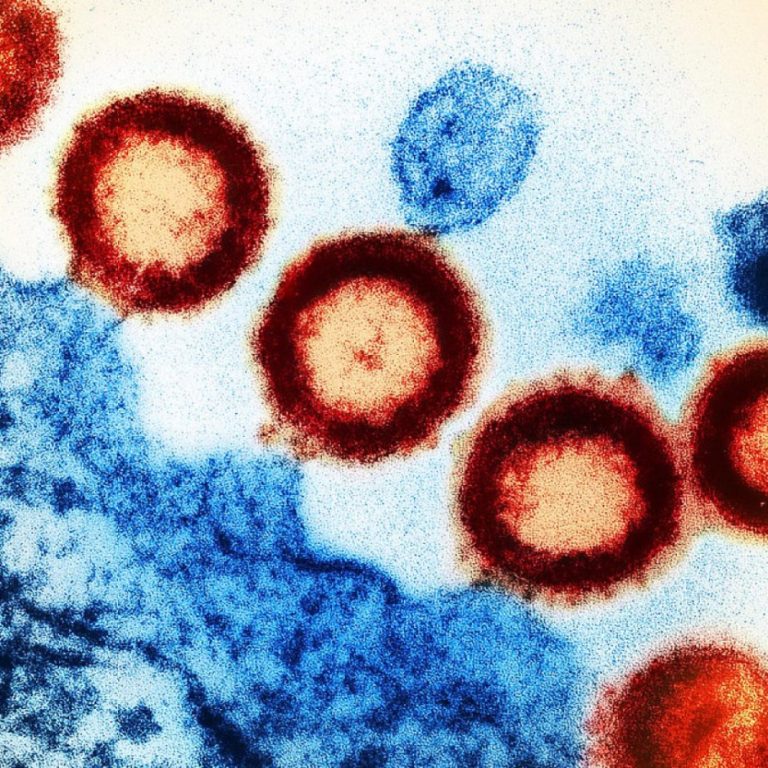
On February 24 2003, VaxGen announced that AIDSVAX B/B did not prove effective in the trials conducted in…
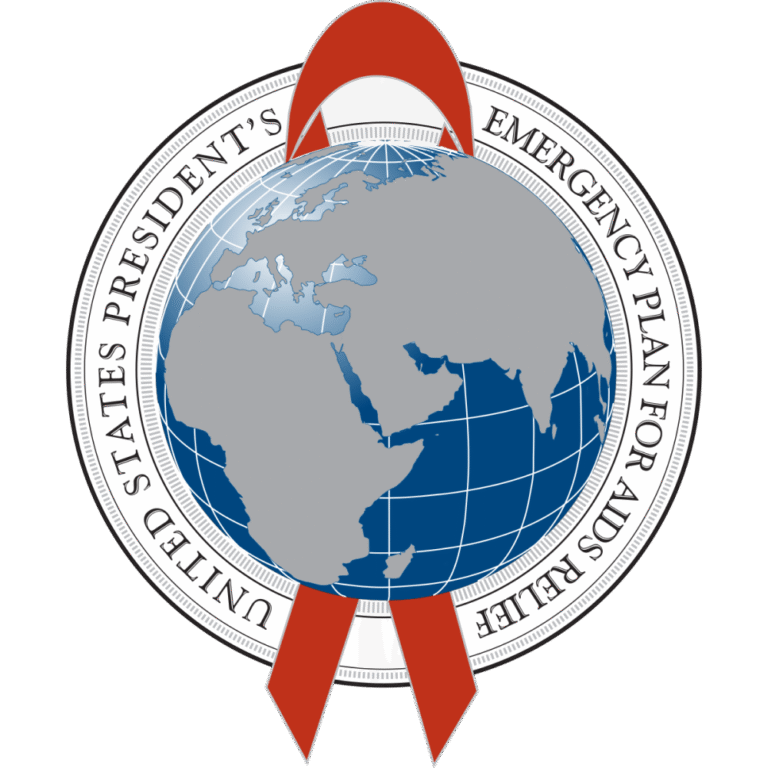
On Jan. 26, 2003, President George W. Bush, in his State of the Union Address, announced the Emergency…
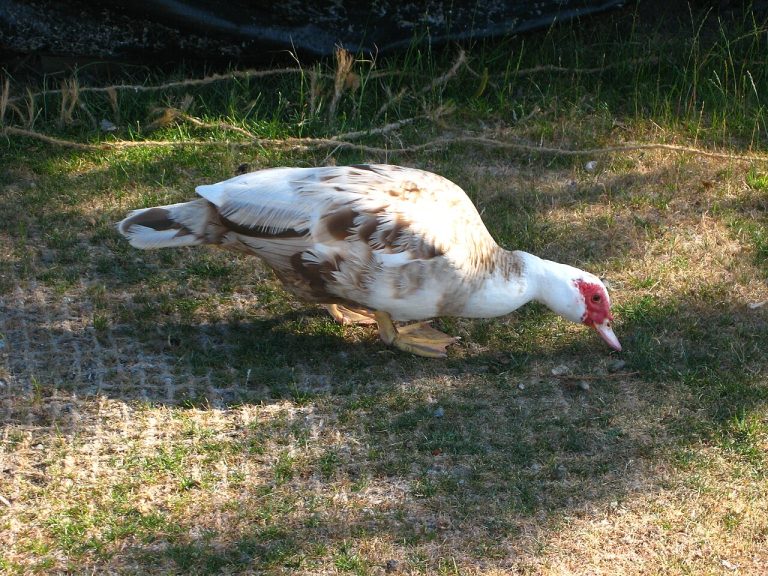
In 2003, public health officials reported the re-emergence of H5N1 avian influenza for the first time since an…
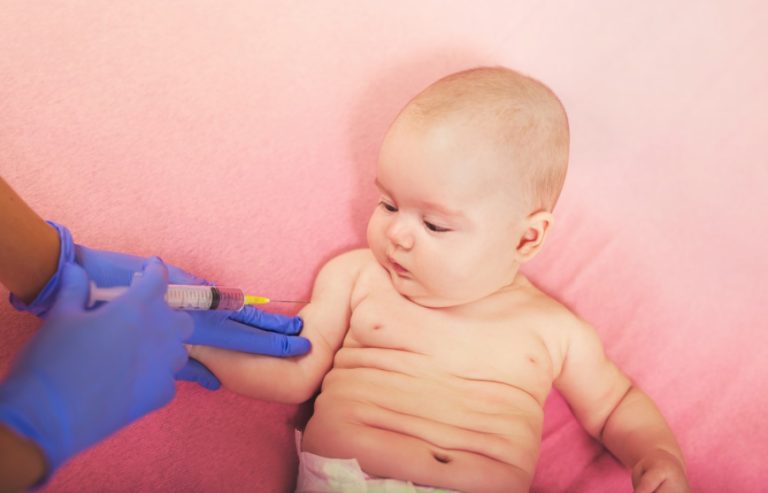
On Dec. 13, 2002, the U.S. Food and Drug Administration (FDA) announced it had licensed a combined diphtheria…

On Dec. 13, 2002, President Bush announced a major smallpox vaccination program to protect the nation against the…
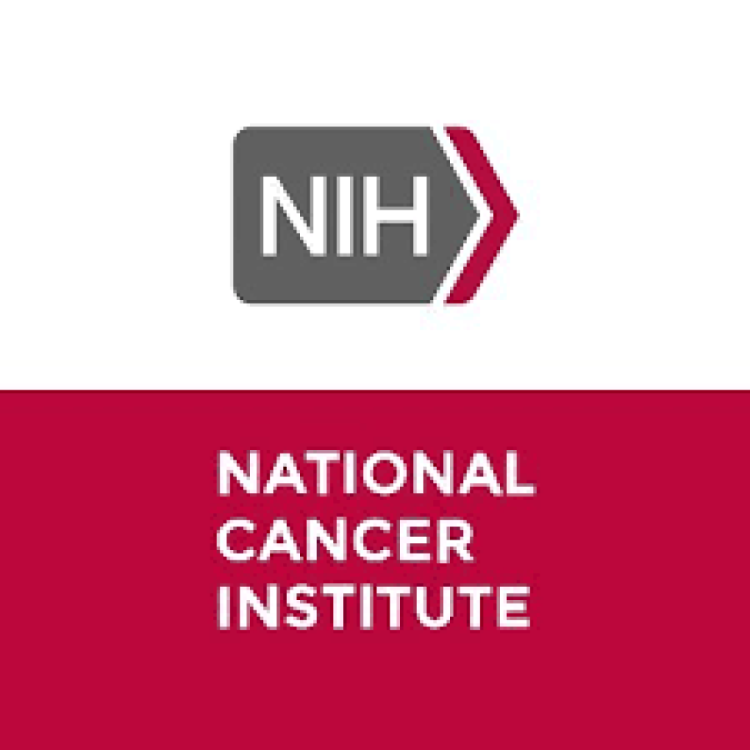
On Oct. 31, 2002, National Cancer Institute (NCI) researchers announced they had discovered that a molecule best known…
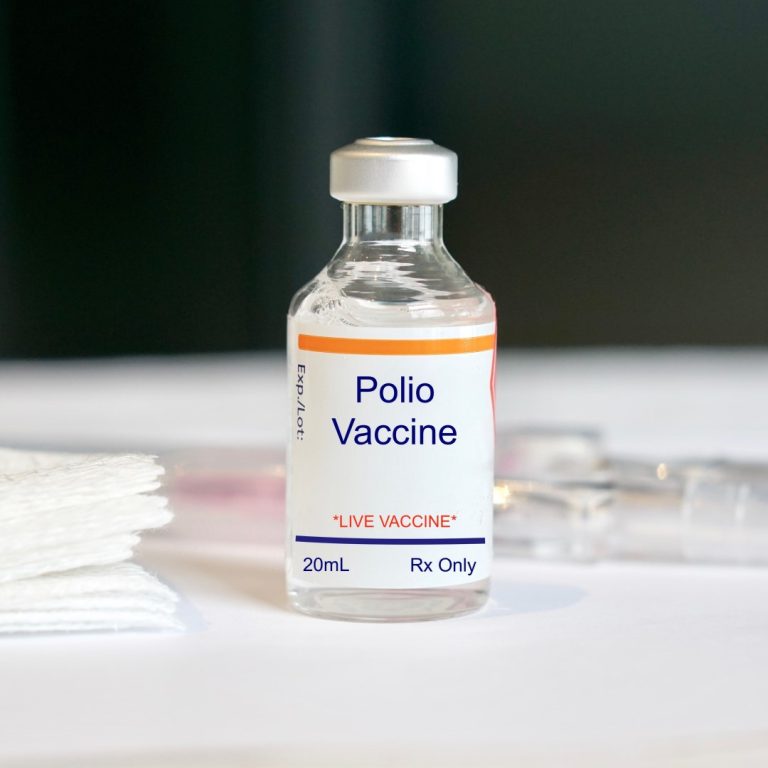
On Jun. 21, 2002, all 53 Member States in the World Health Organization (WHO) European Region were certified…
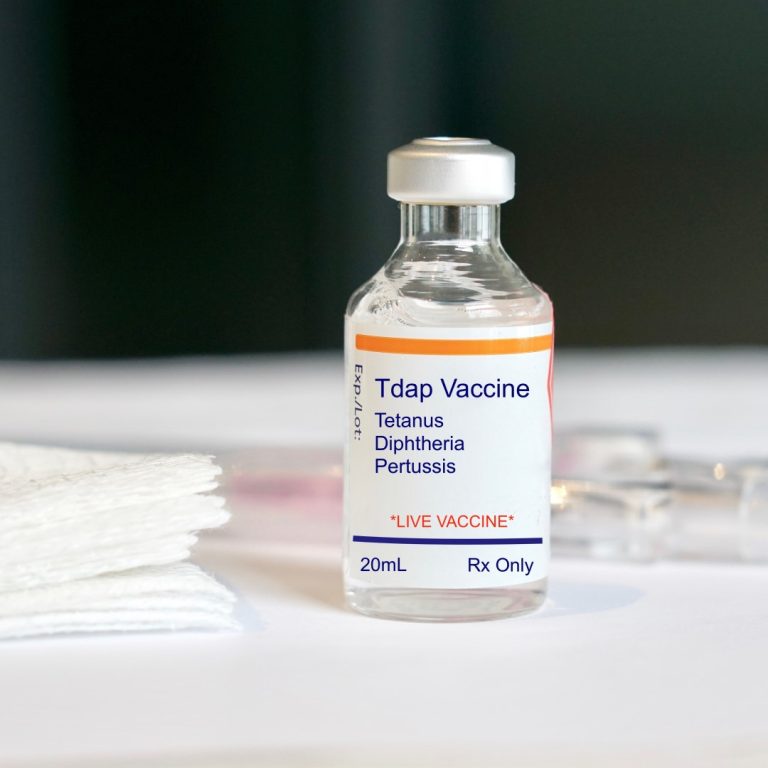
On May 14, 2002, the Food and Drug Administration (FDA) approved for use an additional combined diphtheria and…

On Feb. 25, 2002, GlaxoSmithKline announced that the company would no longer manufacture or distribute its Lyme disease…

In 2002, the Rotary International launched a Polio Eradication Fundraising Campaign with a fundraising target of $80 million…

On Nov. 5, 2001, following the events of September 11, the Institute of Medicine again called for creation…

On Sept. 11, 2001, the U.S. Centers for Disease Control and Prevention (CDC) learned of a domestic terrorism…

On May 29, 2001, the Bill & Melinda Gates Foundation announced today a global health grant of $70…

On May 11, 2001, the Food and Drug Administration (FDA) licensed a combined hepatitis A and B vaccine…
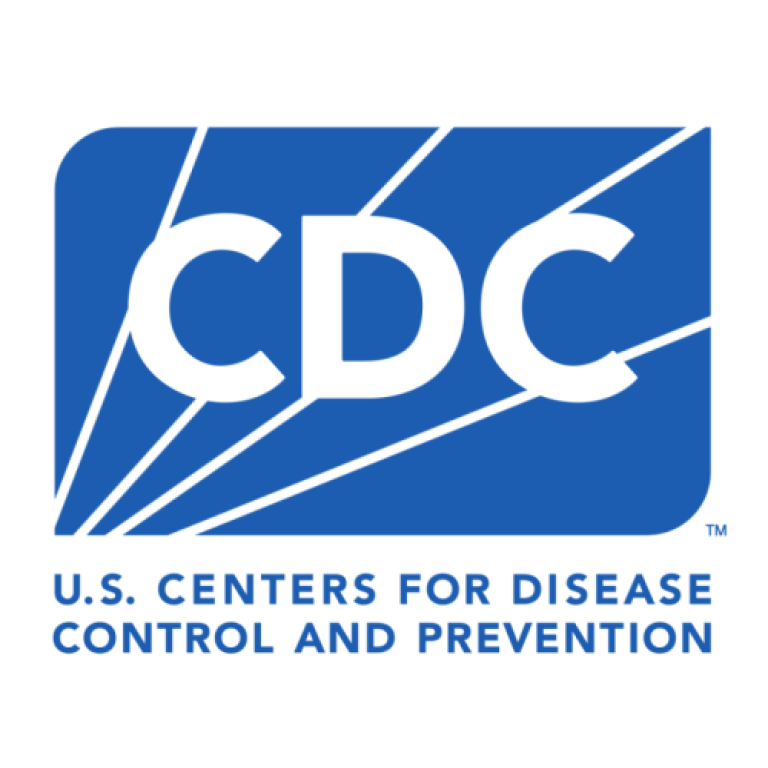
In 2001, the U.S. Centers for Disease Control and Prevention (CDC) responded to the World Trade Center and…

On Dec. 21, 2000, Dr. Peter St George-Hyslop developed a vaccine that prevented Alzheimer’s disease in mice. The…